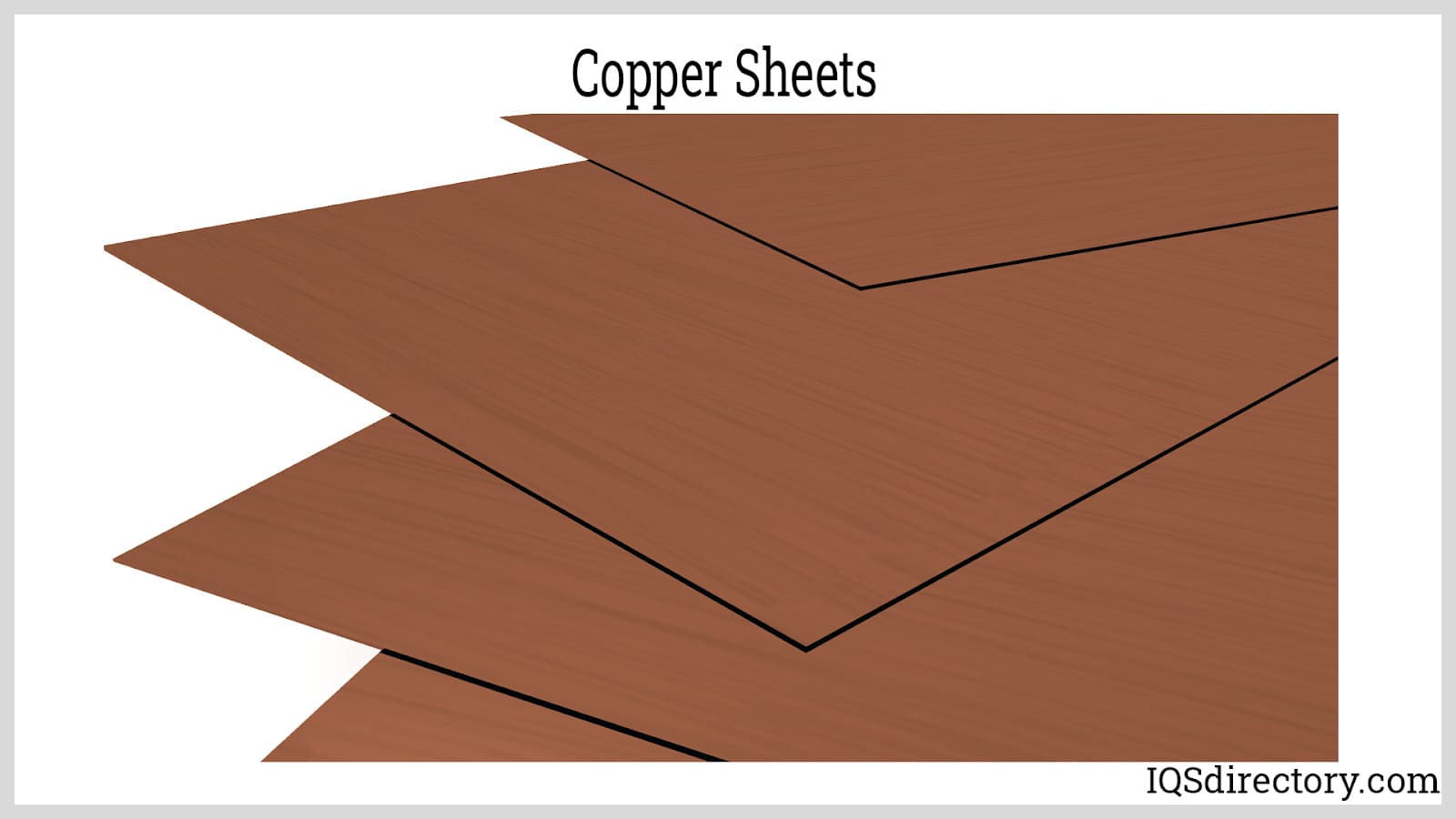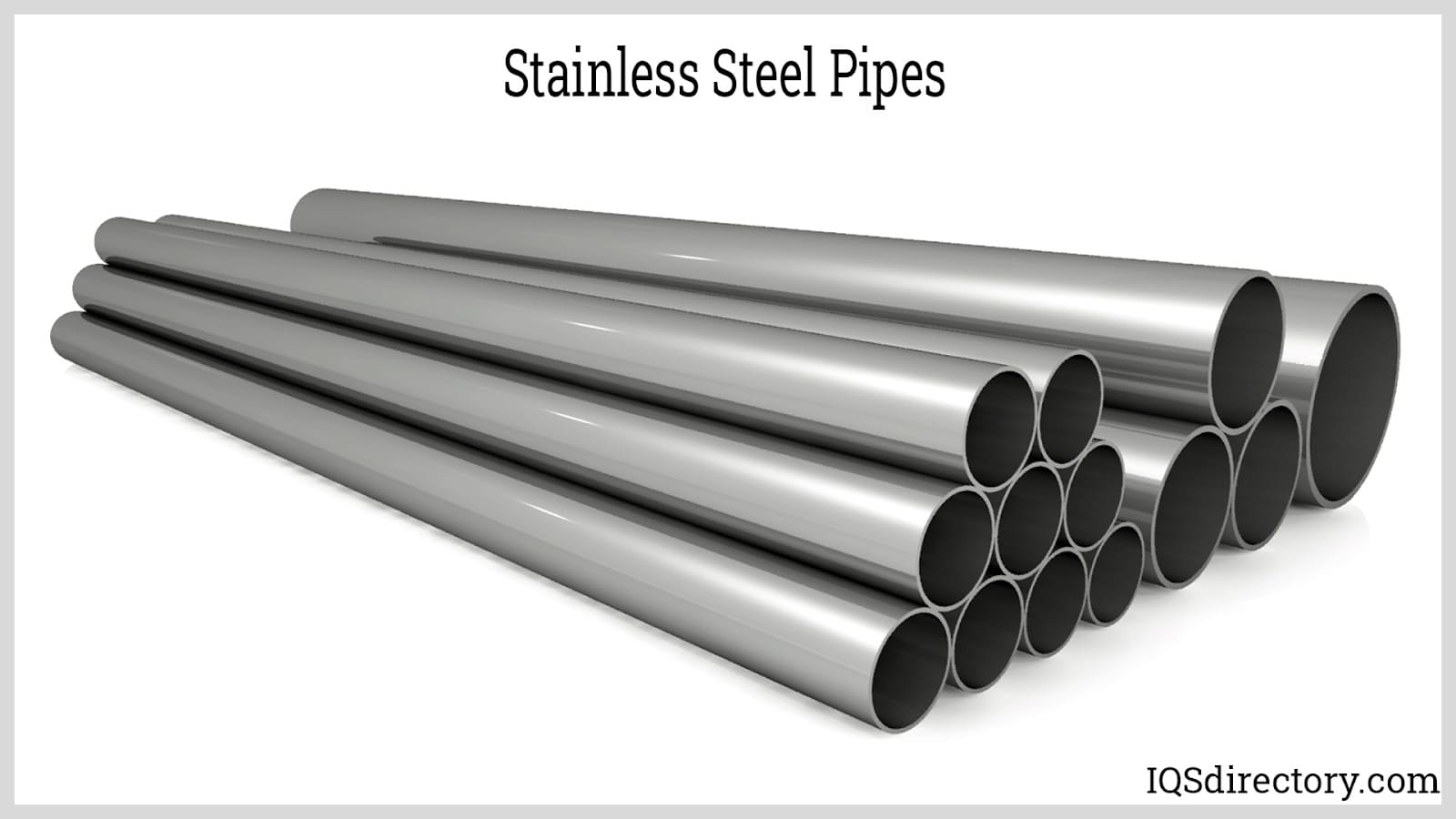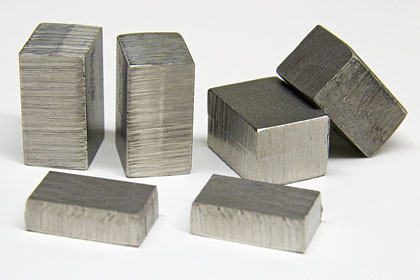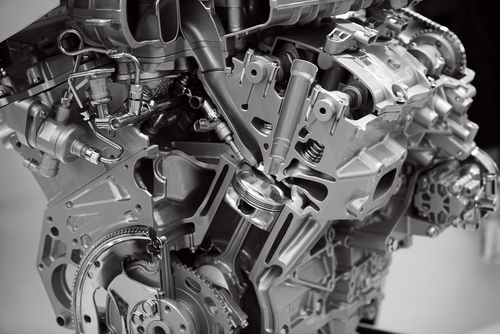Inconel Alloys
Inconel alloys are generally known for their resistance to oxidation and their ability to maintain their structural integrity in high temperature atmospheres. There are several Inconel alloys that are used in applications that require a material that does not easily succumb to caustic corrosion, corrosion caused by high purity water, and stress-corrosion cracking. While each variation of Inconel has unique traits that make it effective in different circumstances, the majority of the alloys are used frequently in the chemical industry.
Inconel Huskit
Inconel is the trade name for a group of more than 20 metal alloys made by Special Metals Corporation. The alloys are extremely resistant to oxidation and high temperatures. Most of the alloys have applications in the chemical industry.
Inconel 601 Sheet Strip Coil
Inconel is a registered trademark of Special Metals Corporation that refers to a family of austenitic nickel-chromium-based superalloys. Inconel alloys are typically used in high temperature applications. It is often referred to in English as “Inco” (or occasionally “Iconel”). Common trade names for Inconel include : Inconel 625, Chronin 625, Altemp 625, Haynes 625, Nickelvac 625 and Nicrofer 6020.
Inconel Vessel
Inconel alloys are oxidation and corrosion resistant materials well suited for service in extreme environments. When heated, Inconel forms a thick, stable, passivating oxide layer protecting the surface from further attack. Inconel retains strength over a wide temperature range, attractive for high temperature applications where aluminum and steel would succumb to creep as a result of thermally-induced crystal vacancies. Inconel’s high temperature strength is developed by solid solution strengthening or precipitation strengthening, depending on the alloy. In age hardening or precipitation strengthening varieties, small amounts of niobium combine with nickel to form the intermetallic compound Ni3Nb or gamma prime. Gamma prime forms small cubic crystals that inhibit slip and creep effectively at elevated temperatures.
Inconel alloys Series
- Inconel 600 : Solid solution strengthened
- Inconel 625 : Acid resistant, good weldability
- Inconel 690 : Low cobalt content for nuclear applications, and low resistivity
- Inconel 718 : Gamma double prime strengthened with good weldability
- Inconel 751 : Increased aluminum content for improved rupture strength in the 1600°F range
- Inconel 792 : Increased aluminum content for improved high temperature corrosion properties, used especially in gas turbines
- Inconel 939: Gamma prime strengthened with good weldability
Inconel 600
Inconel 600 is a nickel-chromium alloy that offers high levels of resistance to a number of corrosive elements. In high-temperature situations, Inconel 600 will not succumb to chloride-ion stress-corrosion cracking or general oxidation. The alloy is also resistant to caustic corrosion and corrosion caused by high purity water. Its ability to withstand corrosion in a variety of forms has made Inconel 600 the perfect alloy for use in furnace components and chemical processing equipment. However, Inconel 600 is also used effectively in the food industry and in nuclear engineering, because it will maintain its structure in applications that would cause permanent, irreversible distortion to other alloys.
Inconel 601
Like Inconel 600, Inconel 601 offers resistance to various forms of high-temperature corrosion and oxidization. However, unlike 600, this nickel-chromium alloy has an addition of aluminum. This addition allows it to demonstrate high mechanical properties even in extremely hot environments. Inconel 601′s ability to stave off the strain that would result in many alloys when exposed to high temperatures has led to its use in furnaces and heat treating equipment like retorts and baskets. You will also find Inconel 601 in gas-turbine components and petrochemical processing equipment.
Inconel 625
Inconel 625 is the rare alloy that gains strength without having to undergo an extensive strengthening heat treatment. Inconel 625 is a nickel-chromium-molybdenum alloy with an addition of niobium. The niobium reacts with the molybdenum, causing the alloy’s matrix to stiffen and increasing its strength level. Like most Inconel alloys, Inconel 625 has high resistance to a number of corrosive elements. In fact, it can withstand harsh environments that would all but destroy other alloys. It is particularly effective when it comes to staving off crevice corrosion and pitting. Inconel 625 is a versatile alloy that requires less work than most. It is effectively used in the aerospace industry, marine engineering, the chemical and energy industries, and much more.
Inconel 690
The Inconel alloys consist mainly of a group of metal alloys that offer high resistance to corrosive materials and environments. Inconel 690 falls into this category. However, unlike some of the other alloys in the group, it is a high-chromium and nickel alloy. The high-chromium element of the alloy gives it a particularly strong resistance to corrosion that occurs in aqueous atmospheres. Generally, this corrosion occurs as oxidizing acids and salts break a material down. Along with its ability to resist these stresses, Inconel 690 can also withstand the sulfidation that takes place at extremely high temperatures.
Inconel 718
Inconel 718 possesses the resistance to corrosive elements that are common among Inconel alloys. However, Inconel 718 differs from other alloys in its “family” in structure and response. 718 is a precipitation-hardenable nickel-chromium alloy. It contains substantial levels of iron, molybdenum, and niobium as well as trace amounts of titanium and aluminum.Its makeup allows for an ease of welding that is not matched by the majority of Inconel alloys. It also allows Inconel 718 to combine anti-corrosive elements with a high level of strength and flexibility. Inconel 718 is particularly resistant to post-weld cracking, and it can maintain its structure in both high-temperature and aqueous environments.
Inconel 722
Inconel 722 is a nickel-chromium alloy that shares many of the same properties as other Inconel alloys. It demonstrates a high level of resistance to various forms of corrosion. It also has the capacity to remain effective at extremely high temperatures. Inconel 722 can withstand the stress caused by several types of acids, which has made it a common metal in the chemical industry.
Inconel 903
Inconel 903 is part of a family of alloys that are known for their resistance to corrosion caused by a wide range of stresses in a variety of settings. Many Inconel alloys can remain effective in high temperature and aqueous atmospheres. Most are resistant to multiple acids, as well, so they are used regularly in the petrochemical industry.
Inconel is a difficult metal to shape and machine using traditional techniques due to rapid work hardening. After the first machining pass, work hardening tends to plastically deform either the workpiece or the tool on subsequent passes. For this reason, age-hardened Inconels such as 718 are machined using an aggressive but slow cut with a hard tool, minimizing the number of passes required.
Alternatively, the majority of the machining can be performed with the workpiece in a solutionised form, with only the final steps being performed after age-hardening. External threads are machined using a lathe to “single point” the threads, or by rolling the threads using a screw machine. Holes with internal threads are made by welding or brazing threaded inserts made of stainless steel. Cutting of plate is often done with a waterjet cutter. Internal threads can also be cut by single point method on lathe, or by threadmilling on a machining center. New whisker reinforced ceramic cutters are also used to machine nickel alloys. They remove material at a rate typically 8 times faster than carbide cutters. 718 Inconel can also be roll threaded after full aging by using induction heat to 1300 degrees F without increasing grain size.
Inconel Thermisistor Application in Military
Welding inconel alloys is difficult due to cracking and microstructural segregation of alloying elements in the heat affected zone. However, several alloys have been designed to overcome these problems. The most common welding methods are gas tungsten arc welding and electron beam welding.
Inconel is often encountered in extreme environments. It is common in gas turbine blades, seals, and combustors, as well as turbocharger rotors and seals, electric submersible well pump motor shafts, high temperature fasteners, chemical processing and pressure vessels, heat exchanger tubing, steam generators in nuclear pressurized water reactors, natural gas processing with contaminants such as H2S and CO2, firearm sound suppressor blast baffles, and Formula One and NASCAR exhaust systems. Inconel is increasingly used in the boilers of waste incinerators.
The Joint European Torus vessel is made in Inconel. North American Aviation constructed the skin of the X-15 rocket plane out of an Inconel alloy known as “Inconel X”. Rocketdyne used Inconel X-750 for the thrust chamber of the F-1 rocket engine used in the first stage of the Saturn V Booster. Inconel is also used for the lightweight Sport Exhaust of a recent supercar, the McLaren MP4-12C. Rolled Inconel was frequently used as the recording medium by engraving in black box recorders on aircraft. Alternatives to the use of Inconel in chemical applications like scrubber, columns, reactors, and pipes is Hastelloy, perfluoroalkoxy (PFA) lined carbon steel or fiber reinforced plastic.








 Alloy Suppliers
Alloy Suppliers  Aluminum
Aluminum  Aluminum Extrusions
Aluminum Extrusions  Copper-Brass-Bronze
Copper-Brass-Bronze  Nickel
Nickel  Magnets
Magnets  Stainless Steel
Stainless Steel  Stainless Steel Tubing
Stainless Steel Tubing  Steel Service Centers
Steel Service Centers  Titanium
Titanium  Tungsten
Tungsten  Wire Rope
Wire Rope